
Articles on Environmental justice
Displaying 1 - 20 of 108 articles

Practices such as redlining left marginalized groups in more disaster-prone areas with poorer quality infrastructure − and more likely to experience prolonged power outages.

For decades, big-box retailers have evaded federal regulation of the pollution their operations generate. But a new air emission rule in Southern California could become a model for state controls.

The Federal Energy Regulatory Commission recently ruled that it won’t approve energy projects on Native lands without tribal consent. But many more applications are pending.
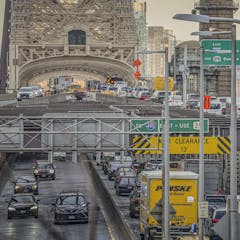
One more reason not to drive into midtown Manhattan: Soon it will cost an extra $15 as New York City launches its long-debated congestion pricing system.
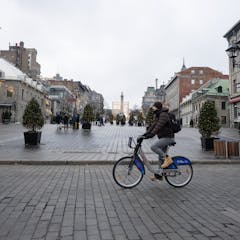
Climate change is often seen as solely a technical problem. This is a misguided belief. Understanding how to build a better world begins, and ends, with understanding the societies which inhabit it.
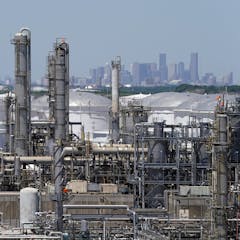
On Feb. 7, 2024, the EPA strengthened the federal limit for annual levels of fine particulate air pollution, or PM2.5. Many serious health effects have been linked to PM2.5 exposure.
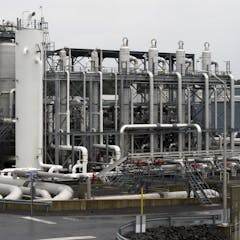
The US, a minor liquefied natural gas supplier a decade ago, now is the world’s top source. That’s good for energy security, but bad for Earth’s climate. An energy scholar explains the trade-offs.
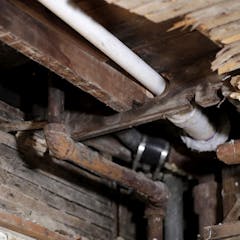
For a project on identifying lead water pipes in homes, outreach through partner groups produced a more representative set of volunteers.

An analysis by scholars at the University of California, Davis showed that just a small number of cities in California actively consider racism when developing their plans.
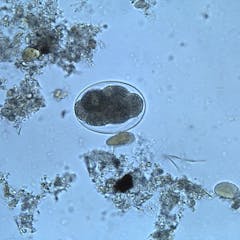
Though many Americans believe that parasitic infections exist in poorer countries, research shows that the problem exists in the US and has a higher impact in communities of color.
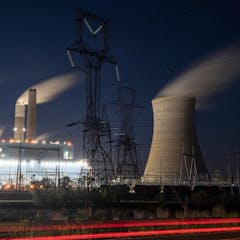
After the Supreme Court overturned the Obama administration’s strategy for reducing power plant carbon emissions in 2022, the Biden administration is taking a narrower but still ambitious approach.
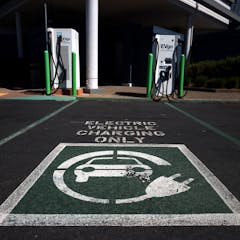
If the EV transition focuses exclusively on drivers in privately owned cars, it won’t meet many Americans’ mobility needs, particularly in underserved communities.
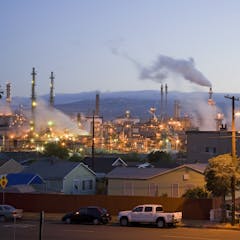
Poor communities of color have spent decades battling US industrial and agricultural pollution. A new EPA office is designed to support their struggle, but history suggests reason for caution.
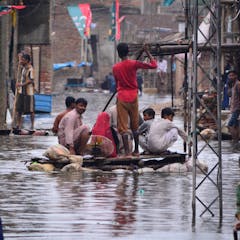
That’s the big question at the upcoming UN Climate Change Conference, known as COP27, and it’s controversial.
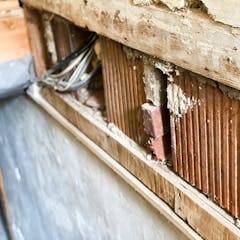
Routine maintenance is necessary for every homeowner. But for Black women, that burden is complicated by decades of redlining and the impacts of climate change.
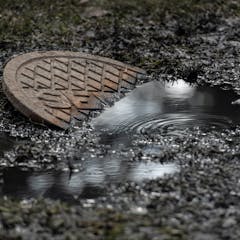
Congress has approved billions of dollars to fix water and sewer systems across the US. But getting that money to needy communities depends on how states define a key word.
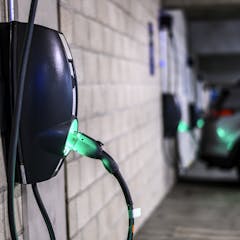
Reducing air pollution from cars and light trucks would pay big health dividends for low-income and minority communities. A new survey shows how to get more drivers of color into electric vehicles.
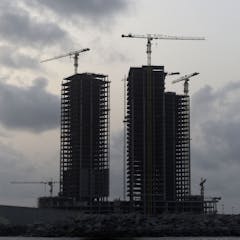
Nigeria’s Environmental Impact Assessment Act is not protecting the environment enough and citizens need to get involved.

They look like conventional school buses, but electric versions are cleaner, quieter and cheaper to maintain. States, utilities and federal agencies are helping school districts make the switch.
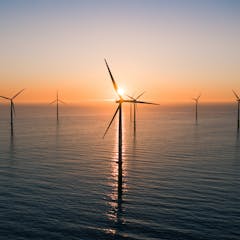
While a US transition to renewable energy by 2030 is possible, streamlined policies with clear goals and incentives are necessary to get there, says an industrial engineering professor.
